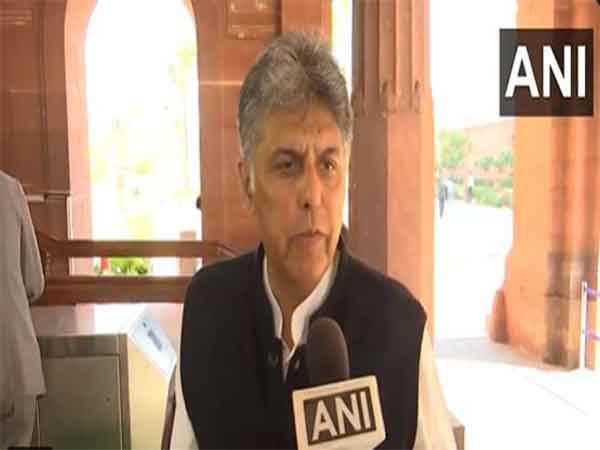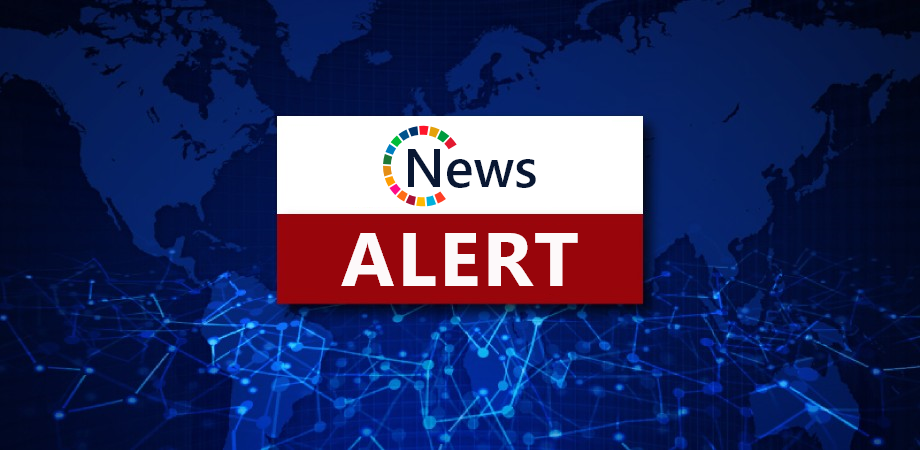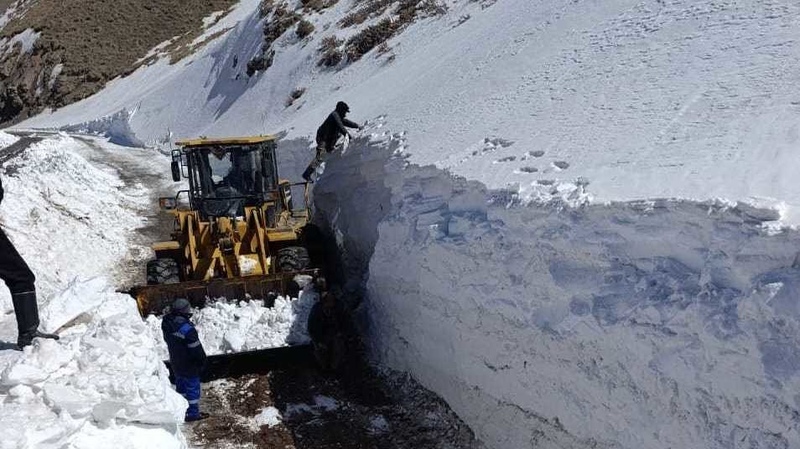Electricity rates in Haryana will increase starting April 1, 2025, following a revision by the Haryana Electricity Regulatory Commission (HERC). The new tariffs, which will affect both domestic and industrial consumers, will see an increase of 20 to 30 paise per kilowatt-hour (kWh). For domestic consumers, the tariff for the 0-50 units slab has been raised from Rs 2 to Rs 2.
20 per kWh, while the rate for the 51-100 units slab has increased from Rs 2.50 to Rs 2.70 per kWh.

Consumers using more than 100 units will also experience a hike in the 0-150 units slab, with rates moving from Rs 2.75 to Rs 2.95 per kWh.
The revised tariff order was issued late on Tuesday night. According to an official statement, in FY21, the tariff for Category-I domestic consumers was reduced from Rs 2.70 per unit to Rs 2 for the 0-50 units slab, while the rate for consumption between 51 to 100 units was cut from Rs 4.
50 per unit to Rs 2.50 per unit. In the latest revision, the tariff has been adjusted to Rs 2.
20 per unit for the 0-50 units slab and Rs 2.70 per unit for the 51-100 units slab. The new tariff structure also provides immediate relief to households by eliminating the Monthly Minimum Charges (MMC).
However, a two-part tariff system has been introduced, with no fixed charges applied to domestic consumers who consume up to 300 units per month. “The tariff for Category-I domestic consumers is still one of the lowest among the neighbouring states,” the official statement claimed. The revised rates for higher consumption slabs are as follows: Rs 5.
25 per kWh for the 151-300 units slab, Rs 6.45 per kWh for 301-500 units, and Rs 7.10 per kWh for consumption exceeding 500 units.
A new category has been added for consumers with a load of more than 5 kilowatts. For this group, the tariff for the 0-500 units category is set at Rs 6.50 per kWh, Rs 7.
15 per kWh for 501-1,000 units, and Rs 7.50 per kWh for consumption above 1,000 units. Fixed charges of Rs 50 per kilowatt have been introduced for consumers using 301-500 units and for those exceeding 500 units.
In the industrial sector, the rate for supply at 11 kVAh has been revised from Rs 6.65 per kVAh to Rs 6.95 per kVAh.
The fixed charge for industrial consumers has also increased, from Rs 165 per kVA per month to Rs 290 per kVA per month. To support farmers, the tariff for the agriculture category with metered connections has been reduced by lowering the Monthly Minimum Charges (MMC) from the previous rate of Rs 200 per BHP per year to Rs 180/144 per BHP per year, depending on the load. The HERC has managed to reduce the projected revenue gap for FY 2025-26 from Rs 4,520 crore to Rs 3,262 crore through this revision.
The retail supply tariff schedule has been revised for the first time in seven years, since FY 2017-18, primarily due to fluctuating fuel charges and other inflationary factors. Additionally, a new tariff slab has been introduced above 20 kW for agro industries and Farmers Producer Organisations (FPOs) to encourage the development of emerging sectors such as mushroom compost, high-tech hydroponics, high-tech aeroponics, and cold storage..
Top
Haryana revises power tariffs; domestic consumers face higher rates starting April 1
Electricity rates in Haryana will increase starting April 1, 2025, following a revision by the Haryana Electricity Regulatory Commission (HERC). The new tariffs, which will affect both domestic and industrial consumers, will see an increase of 20 to 30 paise per kilowatt-hour (kWh). For domestic consumers, the tariff for the 0-50 units slab has been [...]











